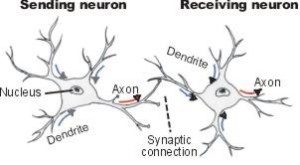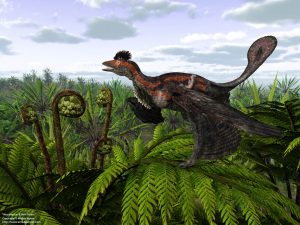
Of course the sentience of plants is controversial. When a new study about plant sentience is published, the response decrying the idea is vigorous. Most scientists claim the idea is an “outlier” or junk science. Yale scientist Clifford Slayman calls ‘plant intelligence’ a foolish distraction. Mainstream authors, and the most eloquent are often vegans, argue that plants don’t have organs which enable them to see, hear, taste or think. Another favorite point in support of plants being just a backdrop or food source for animals is that plants cannot move around to avoid pain and seek pleasure; therefore, cannot feel pain or pleasure. link
Of course, we expect scientists to figure out if plants feel pain or hear or see or taste or think. Actually, the most fearsome arguments about the abilities of plants occur among plant scientists. Michael Pollan, in a lively New Yorker article, set out both sides. First there was a hot quarrel, now just simmering, over the use of the term neuro by plant intelligence advocates. Apparently no neurons or synapses have been found in plants but electrical and chemical signaling has been observed. Animals have neurons; plants, electrical signaling. No mention of neuro, even as a metaphor is condoned–even though neurotransmitting chemicals such as serotonin, dopamine, and glutamate are in plants and animals. Semantics? Form over function? link
Plant advocate and scientist Stephano Mancuso thinks so and substantively, he asks what is so special about neurons anyway. link  The illustration on the right certainly looks comparable to an electrical network, an information highway. Mancuso accuses the science establishment of “fetishization” of neurons.
The illustration on the right certainly looks comparable to an electrical network, an information highway. Mancuso accuses the science establishment of “fetishization” of neurons.
The second controversy is whether plants can ‘learn’. A presentation entitled “Animal-Like Learning in Mimosa Pudica,” by Australian scientist Monica Gagliano sent sparks flying. Her work was dismissed as inappropriate and weird by a prominent University of Columbia plant scientist. Gagliano’s critics insisted that learning requires a brain; therefore, only animals can learn. However, it turns out this learning distinction was another foray into semantics. Most scientists in Gagliano’s audience had accepted that plants have ‘behavior’ and ‘memory’. Pollan reports a discussion with scientist, Lincoln Taiz, an emeritus professor of plant physiology at U.C. Santa Cruz. Taiz agreed the word “habituation” is acceptable but not learning. Could I not imagine that I habituate driving a car or making tacos?
The third debate: communication. Two studies published in 1983 demonstrated that willow trees, poplars and sugar maples warned nearby trees of insect attacks, then the nearby trees whipped up a cocktail of bug-repelling chemicals. This research ground to a halt under vitriolic attacks, but has resurfaced with rigorous new testing that has made it clear that plants can send and receive airborne signals. link Other studies have shown plants can communicate with insects as well, sending airborne messages that act as distress signals to predatory insects. Plants and the insects that eat them live in “clouds” of chemicals rich in information. link“
Taiz insists that plant behaviors can be explained without animism; and, I agree that considering plants as demi-animals is mistake. Worrying over neurons and animal behavior might be insulting to plants. But what do we call behaviors of plants that look like “learning, memory, decision-making, and intelligence”? link
What indeed. Plants are simply not like us. It is tempting to encourage thinking of plants as aliens, but since they have been around for 450 million years and we have existed, in our present form for about 10,000 years, the question might be: who is the alien?
